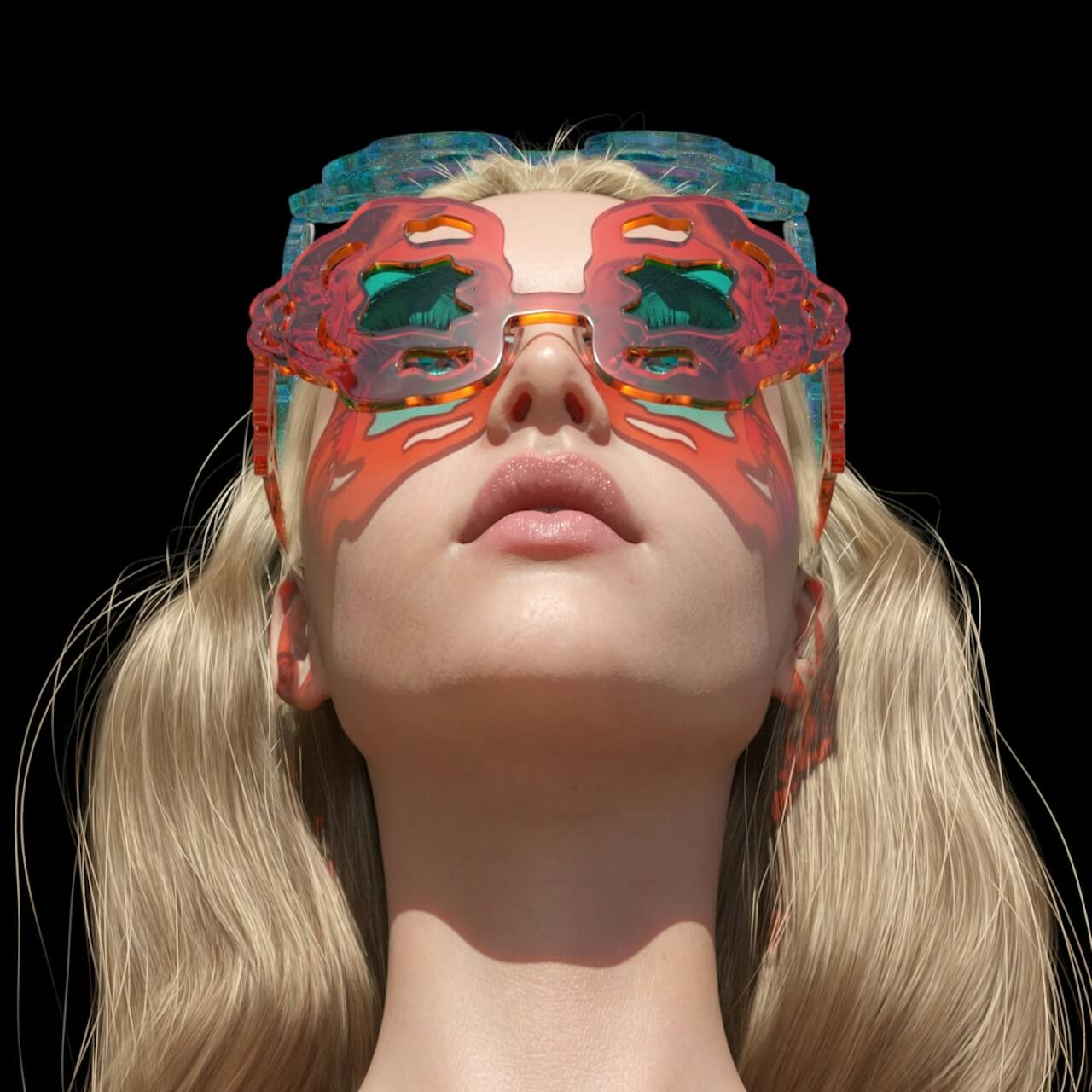Last week, I watched a founder spend three hours debating whether their logo should be 2% darker. Meanwhile, their competitor launched with Comic Sans and somehow raised $10M. There's a lesson buried in that absurdity about how visual identity psychology actually works versus how we think it works.
The Brain's Split-Second Verdict
Your visual identity gets judged before anyone reads your tagline. We're talking milliseconds—the time it takes your brain to decide if something feels trustworthy, innovative, or sketchy. This isn't shallow; it's evolutionary. Our ancestors who quickly identified threats survived. Today, that same mechanism evaluates whether your startup looks legit.
The fascinating part isn't that snap judgments happen—it's how predictable they are. Show someone geometric sans-serif type in black and white, and their brain whispers "professional." Add hand-drawn elements and suddenly it's "approachable." These aren't accidents; they're patterns hardwired through decades of visual conditioning.
"I've seen million-dollar deals influenced by font choices that took five minutes to make".
Consider how Pentagram's rebrand of Mastercard stripped away everything except overlapping circles. It works because simplicity triggers trust in our overwhelmed brains. Complexity suggests you're hiding something. Clarity suggests confidence.
Emotional Shortcuts and Design Decisions
Colors carry emotional baggage whether you acknowledge it or not. That electric blue you chose for your fintech startup? It's riding on decades of IBM, Chase, and PayPal conditioning viewers to associate blue with financial stability. You're not just picking a color—you're inheriting its psychological history.
"The most powerful design decisions are often the ones that feel inevitable in retrospect."
But here's where visual identity psychology gets interesting: context can flip these associations entirely. Robinhood used playful green and white—colors traditionally associated with amateur hour in finance—and made them feel revolutionary. They understood their audience's emotional state: distrustful of traditional finance, seeking accessibility over authority.
This is why copying another brand's visual system rarely works. You're stealing the surface without understanding the psychological strategy underneath. It's like wearing someone else's perfectly tailored suit—technically correct, obviously wrong.
The Consistency Paradox
Human brains crave pattern recognition. Show them consistent visual elements across touchpoints, and trust compounds. But here's the paradox: too much consistency becomes wallpaper. Your brain literally stops seeing things that never change.
Smart brands understand this tension. Look at how Spotify maintains its distinctive green and black foundation while constantly playing with gradients, duotones, and typography. The core identity stays recognizable while variations keep the brain engaged. Studios like Metabrand explore how this balance between consistency and evolution shapes modern brand systems.
The psychology here is about managing cognitive load. Your visual identity should make decisions feel easy, not force people to think. Every inconsistency is a tiny question mark in someone's mind: "Is this the same company? Can I trust this?"
Status Games and Visual Signals
Whether we admit it or not, visual identity psychology is deeply tied to status signaling. Minimalist design suggests you don't need to try hard. Maximalist design suggests abundance and creativity. Both can work brilliantly—if they match your audience's status aspirations.
Notion nailed this with their black-and-white aesthetic. It signals "serious tool for serious people" without saying it. Meanwhile, Figma's playful colors and rounded corners communicate "creativity without pretension." Neither is inherently better—they're solving for different psychological needs.
The mistake is thinking visual identity is just about looking good. It's about looking right for the specific psychological state your audience is in when they encounter you. A stressed founder evaluating B2B software needs different visual cues than a creative director browsing design tools on a Sunday.
Breaking the Rules Intentionally
Sometimes the smartest psychological play is defying expectations entirely. When everyone in your category looks the same, difference becomes memorability. But this only works if you understand which rules you're breaking and why.
Oatly turned oat milk into a movement by making their packaging look like a manifesto instead of a milk carton. They understood their audience didn't want to buy alternative milk—they wanted to join a rebellion. The chaotic typography and conversational copy weren't design mistakes; they were psychological strategies.
The next time you're obsessing over kerning or debating hex codes, remember: visual identity psychology isn't about perfection. It's about creating the right emotional response in the right person at the right moment. Sometimes that means following every rule in the book. Sometimes it means setting the book on fire and starting fresh. The key is knowing why you're doing either.










